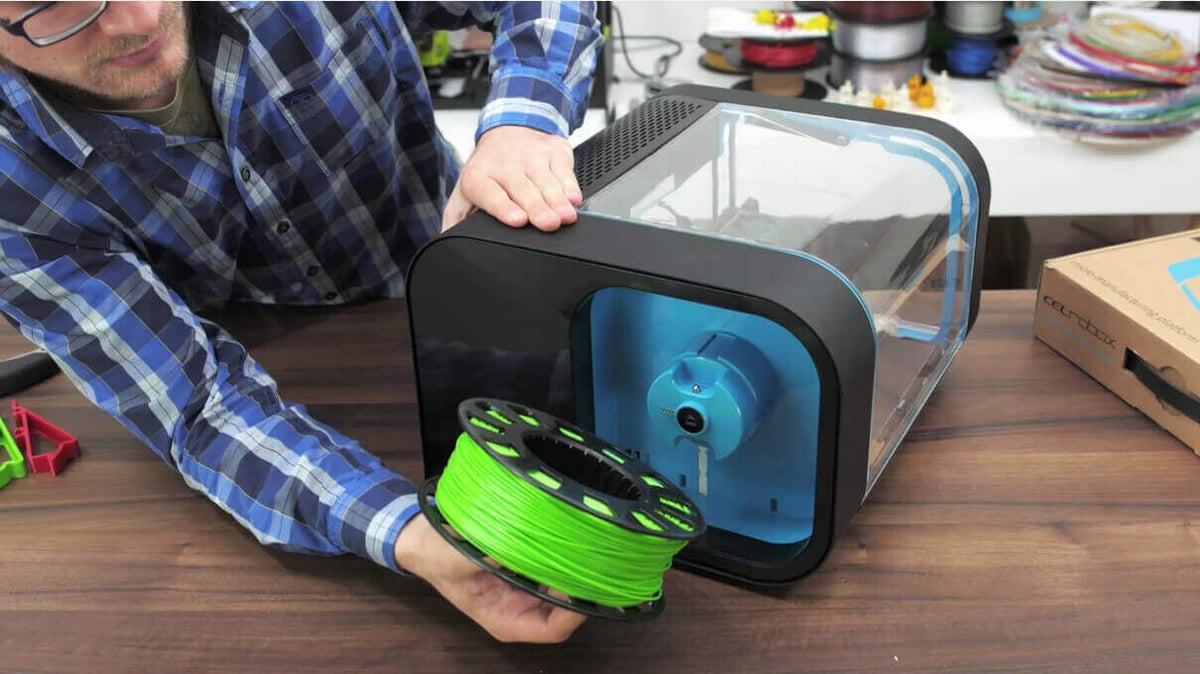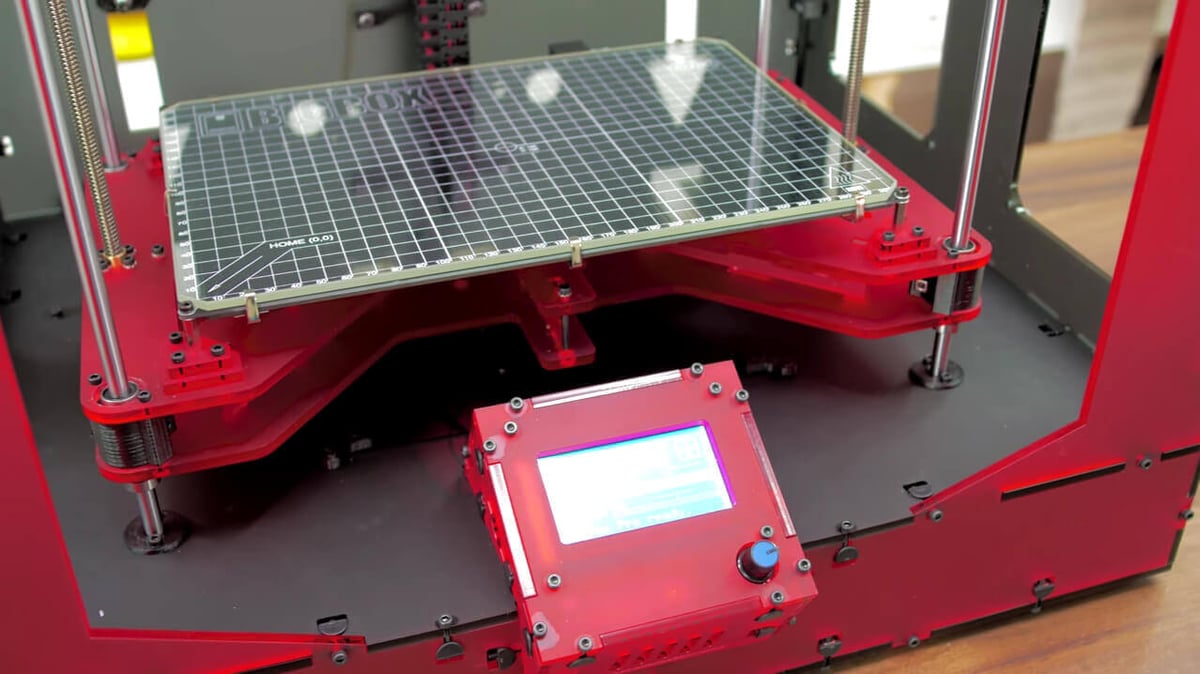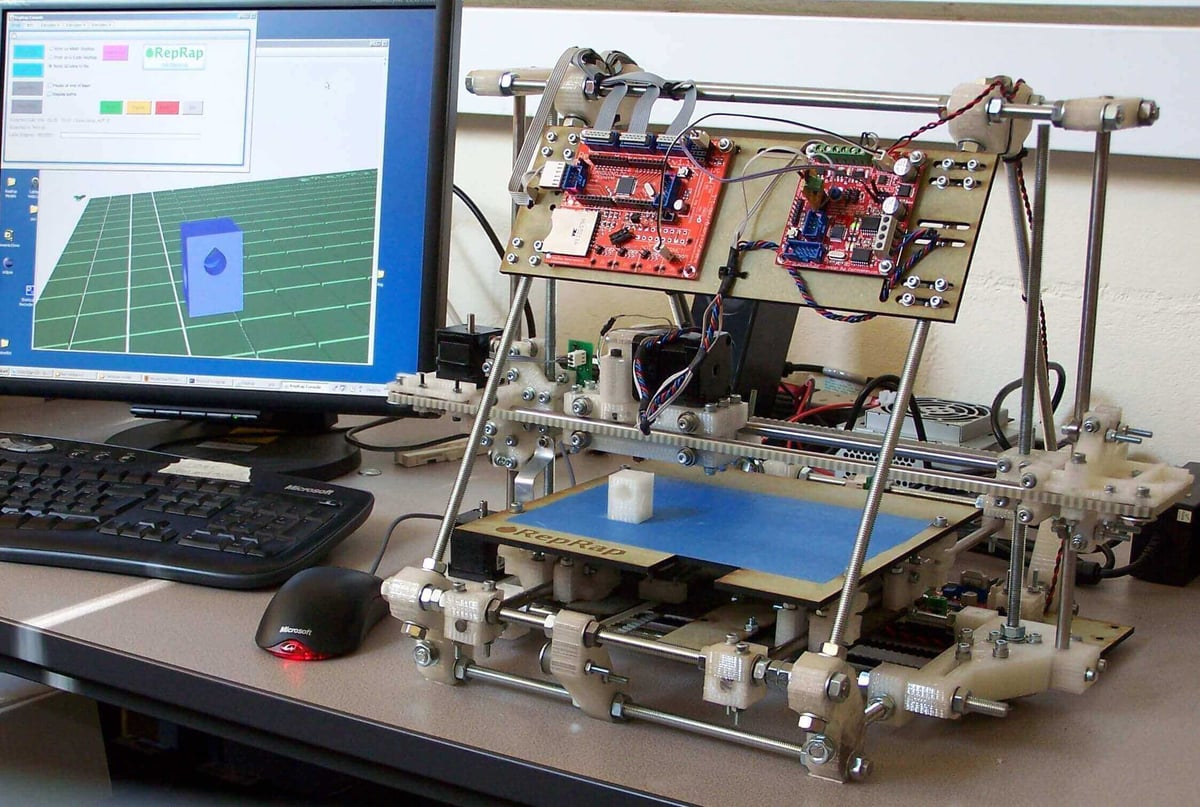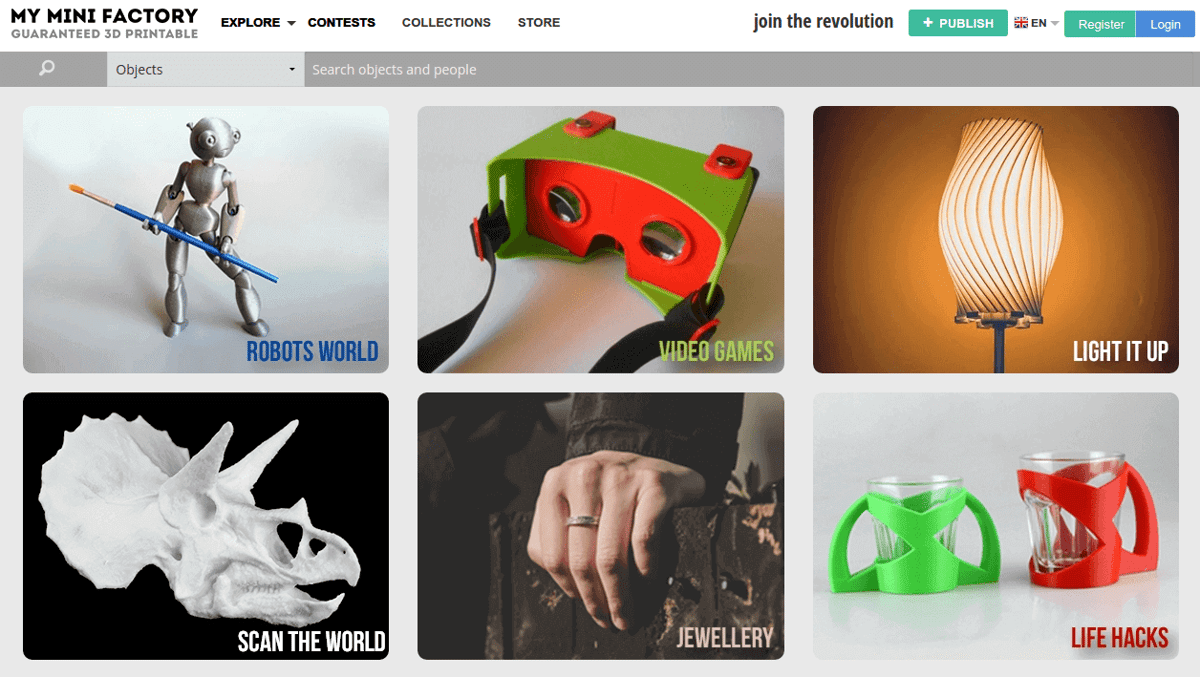Is the UK 3D printing industry safe from Brexit? ALL3DP asks several industry leaders for their take on an unprecedented situation.
Great Britain has voted to leave the European Union. With shockwaves rolling through the United Kingdom and abroad, we have to ask the question; how will Brexit impact on the 3D Printing Industry in the UK?
The UK has a prestigious place in the 3D printing landscape. For one thing, it’s the birthplace of the RepRap movement — the wellspring of accessible desktop 3D printing we all currently enjoy. For another, the country plays host to several 3D printer manufacturers who are competing — and winning — on a global stage.
To learn some answers, we asked several industry leaders for their take on this tumultuous situation. Is there cause for optimism in these difficult circumstances? Read on and find out.
Chris Elsworthy, CEO of CEL and Inventor of the Robox 3D printer
As a business that relies on trading with countries across Europe, the news that the UK has voted out of the European Union obviously comes as a huge disappointment. We have worked hard to build up great relationships with many countries in the EU and this will likely impact trading for many businesses, not least due to the currency fluctuations and price hikes that we are likely to see over the coming months. The government and EU have over the years worked hard to ensure that aid was given to businesses to help foster trading across the region, and now we do not know which of those schemes will remain in place, and what impact that will have on hardworking British businesses.
When looking at the wider 3D printing industry, we hopefully won’t see any change in demand for the technology – in fact, it may even increase. Businesses that currently outsource can look at bringing manufacturing processes in house, which may help them control their own manufacturing overheads. Britain has always been a great nation of makers. In times like this, it’s crucial that businesses continue to invest in new technology and empower their staff to look at ways to continue to design and innovate so that they can stay ahead of the curve, despite the uncertain circumstances.

Rachel Park, Former Editor-in-Chief of Disruptive and ALL3DP Columnist
Personally I think the vote for Brexit will affect the UK 3D printing industry in much the same way as it will affect most other industries across the country, and indeed the rest of Europe — namely not a great deal. Despite the initial shock waves, the hysteria (on both sides) and the liberal lamenting, my own view is that this vote was based largely on ideology and very little on reality. In the hours following the result, the pound and markets bottomed out, not unsurprisingly, but they started to recover quickly and will likely continue to do so, because the sky has not fallen in and the world will keep turning, with the UK in it. Nothing will change imminently, and with more than two years of negotiations and likely shenanigans between the UK and EU, I don’t think much will actually change in the medium and long term. Despite protestations to the opposite, personally I would not be surprised to see a second referendum within the next two years!
Sanjay Mortimer, Director of Research & Develpoment and Community Relations Manager, E3D-Online
1) Research funding — EU funding makes up a great deal of academic research funding. RepRap was born in Bath Uni after all, it seems likely the exiting would result in a reduction in research funding. Conversely the UK has strong internal funding for innovative business proposals from organisations like Innovate UK.
2) Export — For E3D this is interesting, and probably quite different to most other UK 3D printing companies. Much of the trade of materials and printers is local; inside Europe printers like the Ultimaker and materials from Colorfabb are extremely popular. In the USA the market share is quite different. However for E3D our largest customer is the USA. As a certified “Made in Britain” company who creates the vast majority of the value of our products inside the UK, the recent currency adjustment has resulted in effectively everyone in the USA getting a 10% discount, likely to stimulate sales. Yes, our purchasing power for imported stuff is weakened, but we only buy a small value fraction of components in from China and the EU in USD/EUR. However Europe as a collective is another huge share of our business, if we were unable to create favourable trade agreements with countries that previously we traded with freely this could certainly have a negative impact on us. The additional administrative effort in accounting and logistics is worth taking into account too, if large shipments of components we’re importing from the EU take longer to clear customs that’s a bad thing, if it takes longer for us to get product to customers in the EU that’s a bad thing too.
3) Employment/Talent — We’re lucky to have a pretty multinational team here with a fair few of the team hailing from the EU, and some from further afield. If freedom of movement were to be restricted this could result in our future hiring having a smaller talent pool from which to choose. This must be balanced against the potential of forming favourable relationships with countries like India who have a strong growth and focus in technology, and may be able to apply to work in the UK on a more level playing field.

Professor Phill Dickens, Additive Manufacturing and 3D Printing Research Group, University of Nottingham
I am not convinced it will have much effect either way on the British 3D printing industry. We have had dire predictions either way, but they are just predictions. I guess the next few weeks will see lots of ups and downs but we will be pragmatic and just work within whatever system we have and make a success of it.
Our research funding in the UK is predominantly from UK Government and Industry. The total of public funding committed so far (as of end of last year) for 3D printing in the UK is £115 million for the period between Sept 2012 and Sept 2022. FP7 accounts for less than £20m. Some of the money that we send to the EU could be redirected to funding research nationally. My guess is that the overall research funding will stay the same.
Dr. Adrian Bowyer, Founder of the Reprap Project
Sayre’s Law says that, “In any dispute the intensity of feeling is inversely proportional to the value of the issues at stake.” That idea has been well supported by the UK’s Brexit/Remain campaigns – both gave us desperate passions intolerantly expressed. To me, following Wallace Stanley Sayre, that indicated that the decision didn’t matter much either way.

Joe Kempton, 3D Printing Industry Analyst at Canalys
Firstly, I would say that there is only one clear fact of which we can be sure of with regards to Brexit – that the UK will have a worse trade deal with the EU than it had previously. Regardless of what exact deal the UK negotiates, the trade agreements will be less favourable being outside of the EU and not accepting many of its conditions, such as free movement of labour. We must remember that in order to leave the EU, the UK must first invoke Article 50 of the Treaty of the European Union. The deadline of withdrawal after invoking article 50 is two years, and it currently appears that this will not occur until at least after Prime Minister David Cameron leaves office and his successor is chosen in October of this year. This means it could still be almost 28 months before the UK leaves the EU. I believe that the faster the withdrawal from the EU, the more financial markets are likely to react in a negative manner, as they so often do to uncertainty.
As a result of the news, Canalys now expects Brexit to reduce IT spending in the UK by 10% in 2016, with further implications into 2017 and beyond. The 3D printing industry operates as a sort of middle-ground between the IT and manufacturing industries, and so while I don’t believe UK spending on 3D printing will be impacted as strongly by Brexit, it will certainly have a negative effect. However, most of the impact revolves around what will happen in the foreign exchange markets. Clearly, if the pound falls, the UK’s exports will be in a more beneficial position, while imports will become more expensive. Given that the majority of 3D printers sold in the UK are imported from overseas, this would have a negative effect on the industry as prices in general would rise. Additionally, as the UK’s level of exports for 3D printers is extremely low, this counterbalancing would not even out the negative effects. Obviously, if the pound maintains its current level or even rises, the inverse will be true.
However, it is also important to look at where 3D printers will be coming from in a post-Brexit world. A main claim of the “Leave” campaign was that without the EU, the UK would be free to negotiate better trade deals with other countries, particularly those from the Commonwealth. The UK imports 3D printers from many regions, including the EU, the USA and Asia. However, as margins are being squeezed, many firms are moving the production of 3D printers, particularly low-cost models, to China and Taiwan. This means that in the future, it is highly likely that the vast majority of our imported shipments of 3D printers will be from these countries (although in value terms this will be different). As a result, the trade deals that we have with these countries may be more crucial for the 3D printing industry than those we can create with the EU.
There are other tangential issues at stake. For example, Horizon 2020, the EU’s research funding framework, will have to be renegotiated as the UK will now be demoted to an “associated country status”. British universities currently gain about £1.2 billion a year from the programme and benefit from networks of international researchers. The total amount the UK is likely to receive as a result of this change in status will almost certainly be less than in previous years. Even if the total amount spent on funding for 3D printing research initiatives remains constant, the size of the available budget for spending within these academic institutions, for example on 3D printers for design students, will likely decrease, reducing total education expenditure on 3D printing.
The answer, is therefore, a very unsatisfying “nobody knows”. Certainly in the short term, it appears Brexit will have some kind of negative affect on the industry. However, it remains to be seen what trade deals can be negotiated in the long term, and whether they will play to the UK’s advantage.
Sylvain Preumont, Executive Chairman at iMakr and My Mini Factory
Brexit will hinder companies that require licenses to operate, this is likely bad news for banks, international construction, and other institutions with complicated cross-border licence agreements. On the other hand, digital companies stand to potentially benefit from walls and borders being reinstated. Digital content has the property of being able to transcend borders. This means that as the world attempts to divide itself physically, companies offering digital content will be able to transcend these borders and reap the rewards.
On the whole we don’t think the decision will be felt significantly in the near future. For young startups it is an opportunity to show that they can thrive despite political turmoil, the UK will remain an economic powerhouse and we need to capitalize on this fact. More than anything the future is unclear, I definitely think this an unexpected result and no one can say with certainty what the next few years hold, however we are confident in our ability to grow and thrive whatever the political climate if we keep moving forwards and stick to our values of quality and openness. As pioneers, uncertainty is our bread and butter!

(Main Image Credit: Alzibiff)
License: The text of "How Will Brexit Impact the 3D Printing Industry in the UK?" by All3DP is licensed under a Creative Commons Attribution 4.0 International License.